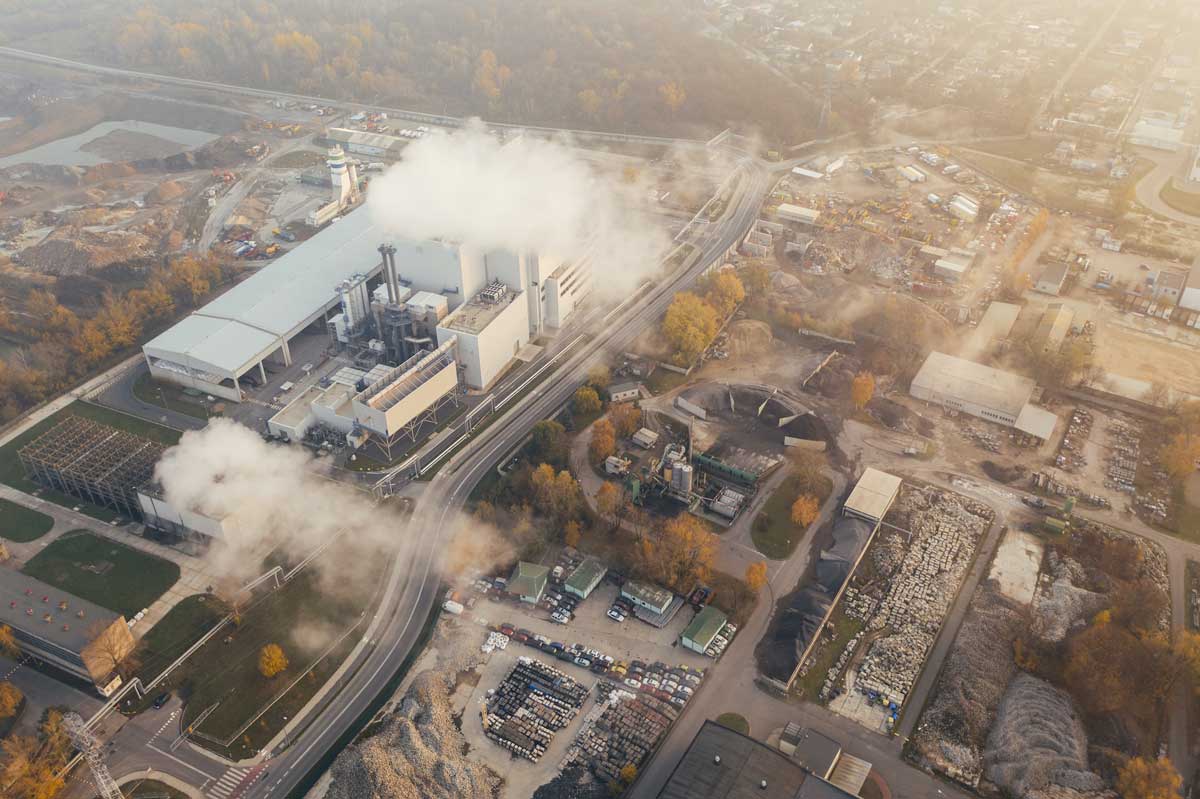The European Union has long positioned itself as a global leader in climate action. One of its most ambitious policies is the Carbon Border Adjustment Mechanism (CBAM), which is part of the European Green Deal (EGD) Framework. CBAM is designed to place a carbon price on imports of carbon-intensive goods such as steel, aluminum, cement, fertilizers, and electricity. The purpose of CBAM is to prevent “carbon leakage,” a situation where industries relocate production to countries with weaker emission regulations, and to encourage cleaner production worldwide towards greener practices. In simple words, it means if you want to sell in Europe, you need to play by Europe’s green rules.
However, since its introduction, many businesses have not been very happy. CBAM was criticized for being overly complex, bureaucratic, and costly. Importers worried about the heavy reporting requirements, while exporters outside the EU feared their products would lose competitiveness if they could not provide detailed emission data. Small businesses, in particular, warned that the system would overwhelm them with paperwork.
Fresh air: Simplification adopted by EU Parliament on CBAM
On Wednesday, 10 September 2025, the European Parliament officially approved the amendments to CBAM, with 617 votes in favor, 18 against, and 19 abstentions. These revisions fall under the “Omnibus I” simplification package, introduced on 26 February 2025, which is designed to streamline current rules in areas such as sustainability and investment. This amendment will simplify the authorization process, emissions calculation, verification, and the liabilities for authorized declarants of CBAM. Despite the easing, the EU has kept its climate targets firm; 99% of CO₂ emissions from iron, steel, aluminum, cement, and fertilizer imports will still be covered. Omnibus I significantly eased CBAM’s requirements without throwing the EU’s climate goals out the window.
What Changed?
De Minimis Threshold (50 tonnes per year)
Under the new rules, importers bringing less than 50 tonnes of covered goods per year are exempt from the full CBAM obligations. This threshold applies to iron, steel, cement, aluminum, and fertilizers, though it does not apply to hydrogen or electricity. This measure is expected to ease the burden for nearly 90% of importers, most of which are small and medium-sized businesses.
Reduction of CBAM Certificate Proportion (80% → 50%)
Initially, importers were required to purchase CBAM certificates covering 80% of the embedded emissions in their imported goods. Omnibus: I reduced this obligation to 50%, at least during the transitional phase. This change lowers the immediate financial pressure on importers.
Authorized CBAM Declarant Status
Businesses that exceed the threshold (above 50 tonnes per year) must apply for authorized CBAM declarant status. Declarant status is an official designation granted by the EU that recognizes a person or company as the registered entity responsible for handling imports under CBAM. Companies that apply by 31 March 2026 are granted transitional relief, meaning they can continue importing while awaiting approval.
Reporting and Deadlines
Businesses now also know the first big day. Importers must submit CBAM reports and certificates by 30 September each year, covering the previous year’s imports. The first such deadline will be 30 September 2027, when the first annual report and certificates covering 2026 imports must be submitted.
Simplified Reporting and Flexibility
Recognizing the difficulties businesses face in collecting accurate emission data from suppliers outside the EU, Omnibus I allows for simplified reporting methods and the use of default values. This makes compliance more feasible for companies with complex supply chains. In practical terms, this change acknowledges that supply networks often involve multiple layers of producers and intermediaries, where full traceability of emissions is extremely difficult to achieve. By introducing default values, the EU provides a standardized solution that can be applied consistently across such networks, reducing the dependence on data that may not be readily available. This adjustment aligns reporting requirements more closely with the operational realities of international trade, where uniform precision is not always possible.
Impact on EU Importers
For EU importers, the simplification of CBAM brings welcome relief. Small and medium-sized businesses benefit the most, since the import of less than 50 tonnes a year is now exempt from most obligations, which means less paperwork and lower costs. This change answers one of the biggest complaints that CBAM was too heavy for smaller players. This spares them from difficult reporting requirements and certificate purchases, giving them the opportunity to focus on business growth. Even though the larger importers still have to comply, the burden is lighter: they now only need to cover 50% of emissions during the transition instead of 80%. On top of that, reporting has been simplified, with the option to use default values if exact emissions data is hard to obtain. Overall, EU importers gain more breathing room, predictability, and smoother adaptation to the system.
Impact on Exporters:
For exporters outside the EU, the reforms also bring both challenges and opportunities. Small exporters benefit indirectly because their EU buyers may fall below the threshold, meaning fewer requests for detailed emissions data. Although the larger exporters will still need to provide emission reports, the process is less strict and more flexible. Perhaps the biggest impact is competitive: exporters with greener production methods will become more attractive to EU buyers, who want to reduce their CBAM costs. In other words, Omnibus I not only reduces short-term pressure but also makes clean and sustainable production an even stronger advantage in global trade.
To sum up, this reformation marks an important shift in how the EU balances climate ambition with business realities. By easing paperwork, lowering costs, and giving companies more time to adapt, the changes provide immediate relief for importers and exporters who had feared being overwhelmed by CBAM’s demands. At the same time, the mechanism’s core purpose remains intact: to push global trade toward cleaner and more sustainable production. For businesses, the message is clear: today’s simplifications are a window of opportunity, but the long-term direction is still full compliance with Europe’s green standards. Those who adapt early will be best placed to thrive in the CBAM era.
